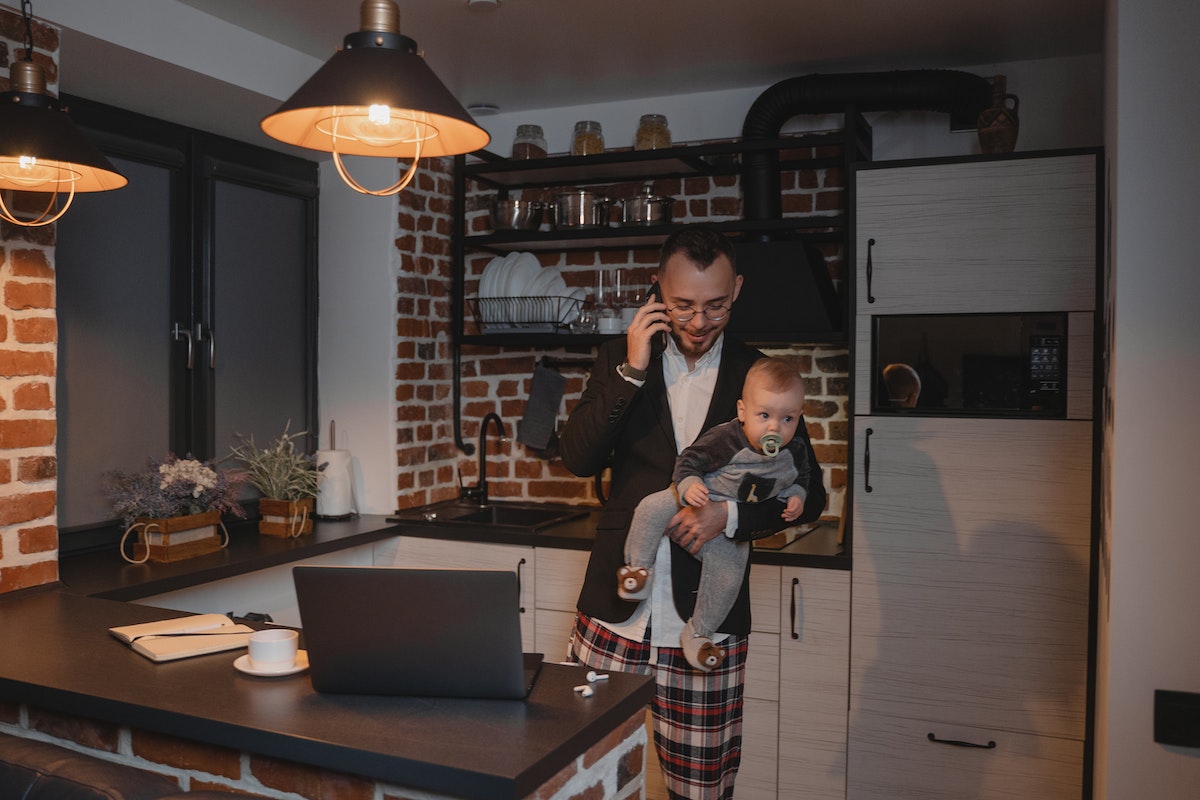Dysfunctional workplaces can be spotted a mile away. Work environments like these are full of demotivated employees who find it difficult to work and collaborate with each other. However, dysfunctional workplaces are not just confined to on-premises workforces.
A workplace can become dysfunctional despite fostering a hybrid or remote work culture. Even the best companies can find themselves stuck with workers who refuse to communicate properly and are unwilling to work together for a common purpose. So, let’s explore more about dysfunctional workplaces and see how remote employees can still impose dysfunctional workplaces.

Remote Employees – A New Norm in Corporate World
Ever since the pandemic and more use of digital technologies, the concept of remote working has been booming across the world. So, before we look at the role of remote employees and their contribution to workplace dysfunction, let’s take a look at what counts as remote work.
Remote employees execute their professional tasks from a location far from the on-site workplace. The nature of remote work varies from company to company. Some organizations have an entirely remote system where they hire employees who don’t come to the office and may be in different time zones. Other companies work on a hybrid system where employees can visit the office sometimes but work according to their choice of location. The hybrid system can work if a company has fewer personnel. Larger companies may require a combination of dedicated on-premises employees and remote employees to look after global operations.
What Makes a Workplace Dysfunctional with Remote Employees
Managing a workplace with a hybrid or remote work system can be challenging for management. It’s difficult to resolve issues when employees are in different locations and time zones. Therefore, there are many factors that can lead to a dysfunctional workplace, even with remote employees. Some of the main ones are listed below:
Low Visibility
It’s very human to believe what you see. This implies that people are more attuned to what they can observe and interact with in a physical sense, meaning that management might be more generous towards on-site employees versus remote ones. Supervisors may consider on-site workers to be more valuable because they can see and assess their contributions, while remote employees can become invisible. This may lead them to give preferential treatment to on-site workers, creating resentment among remote employees.
Moreover, on-site workers might enjoy quicker promotions, better relationships with management, and other perks, causing remote employees to feel distant and isolated. This can cause remote and on-site employees to avoid working together for common goals, thereby creating dysfunction in the workplace.
Stressed
Although remote-based working seems less stressful with more freedom, that’s not what is happening in reality. There are reports that remote employees tend to feel more stressed during work hours. Moreover, they lack stress relieving environments available on-premises, like in-person company, coffee breaks, small chit-chats, etc. This stressed behavior can reflect in their outcomes, thereby creating dysfunction in the workplace.

Digital Communication Errors
It may be hard to accurately communicate your message to someone who’s not physically present. To begin with, there are several technological issues at play, such as internet connectivity and time zone differences. Additionally, it might be more gratifying to explain tasks or communicate with someone who is physically in front of you. A workplace that includes remote workers necessitates constant digital communication.
Digital communication tools like emails, texts, or chats can have adverse effects in the workplace, especially while communicating with remote employees. Small nuances like tone, expression, and intent can get lost and mixed up through digital mediums, creating confusion and misunderstandings. Simple tasks can become complicated due to poor communication, and the relationship between remote and on-site workers can be rough. This sort of communication can negatively impact workplace culture, thereby resulting in dysfunction.
Little or No Friendship Between Workers
It’s hard to foster wholesome friendships between employees who never meet. Online friendships can only go so far, but it’s true that the proverbial water cooler bonding that occurs in on-site offices is essential. On-site workers aren’t easily able to bond with their remote counterparts due to time differences and distance, leading to dissonance and dysfunction in the workplace.
Discriminatory Attitude
If a company employs remote workers, they might see competition forming between them and on-site employees. On-site workers might feel it is unfair for them to have to put in physical hours while remote employees get paid the same amount but can work from anywhere. This can lead to internal conflicts where employees behave unprofessionally or refuse to work towards shared goals, thereby resulting in workplace dysfunction.
Management Mistakes
The one mistake that leaders can unintentionally make is keeping certain kinds of employees isolated from one another. They may keep either on-site or remote workers in the dark about different projects, causing resentment to develop between them. Not only does this hamper communication and friendship, but it also stops employees from being able to trust each other. This can increase dysfunction, especially as remote workers aren’t around the office as much as their counterparts.
Lack of Contribution to New Ideas
On-site workers get to experience productive collective sessions and huddles where they can come up with new ideas. However, such collaborative environments are missing for remote workers. So, remote employees who lack trust and visibility with their team might not be inclined to work towards a shared goal. They might feel demotivated and unwilling to innovate or switch things up, thereby triggering an environment of dysfunction.
Final Thoughts
Remote employees have become a veritable necessity in modern times for many companies. Although remote-based working showcases fruitful outcomes in many ways, it is not easy to manage a hybrid workforce. Moreover, remote working is not helping much in addressing dysfunctional workplaces. As discussed above, certain consequences can result in a dysfunctional workplace. To sum up, remote work cannot be the solution to workplace dysfunction. Rather, remote employees can usher in new workplace conflicts that increase dysfunction altogether.














